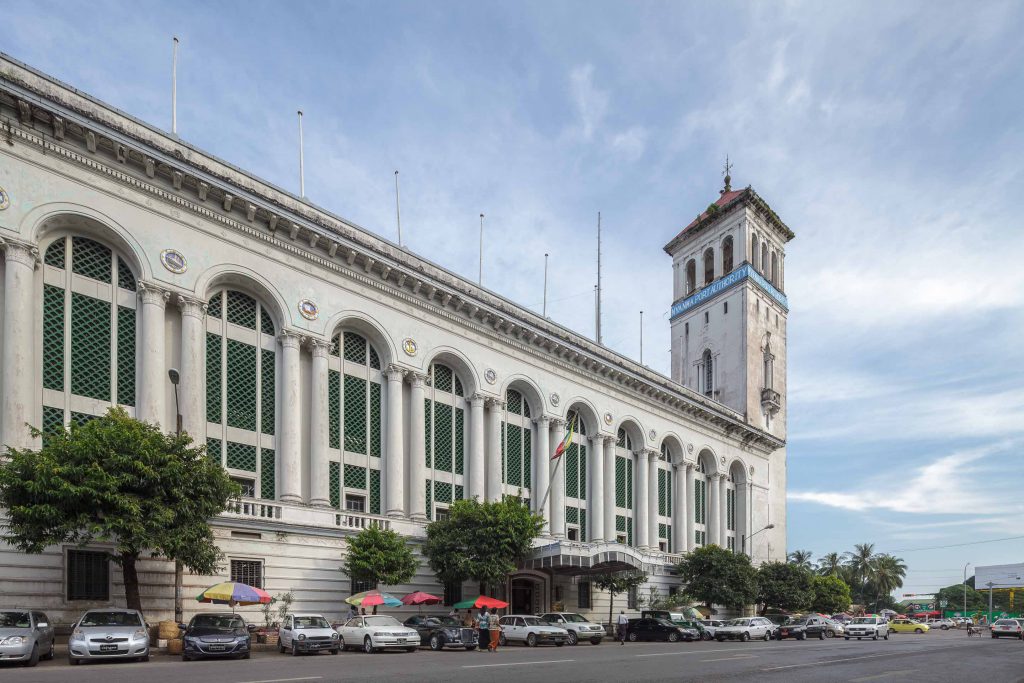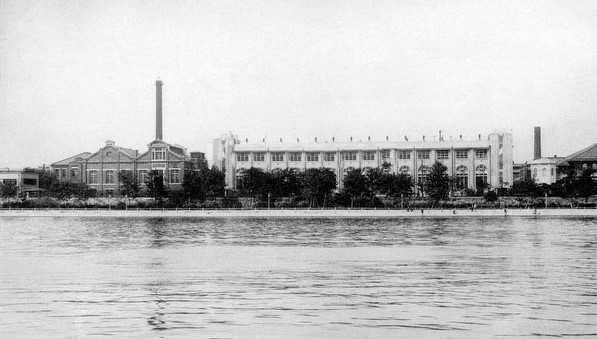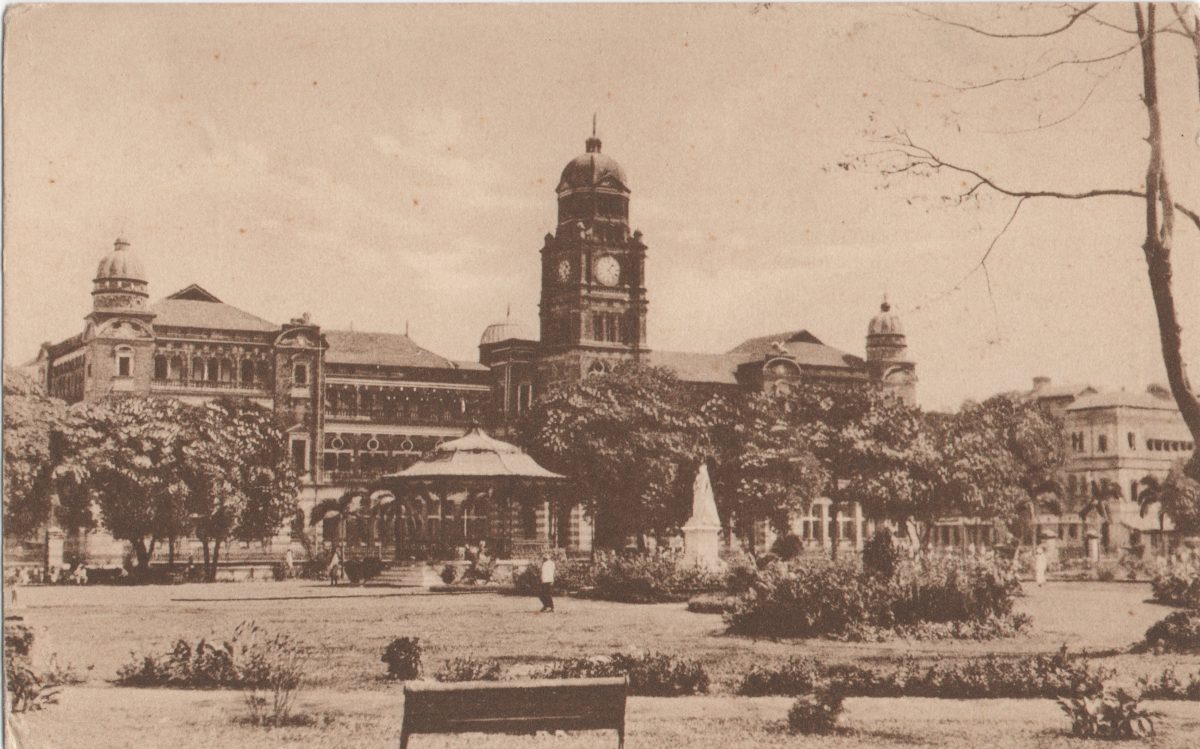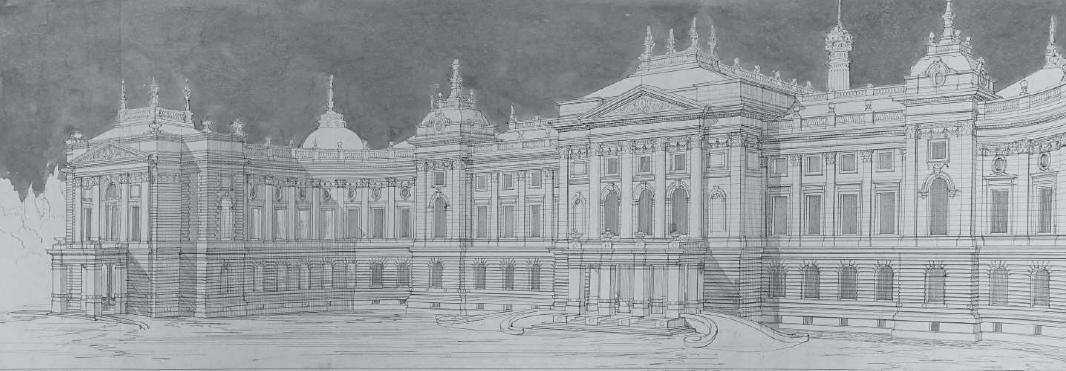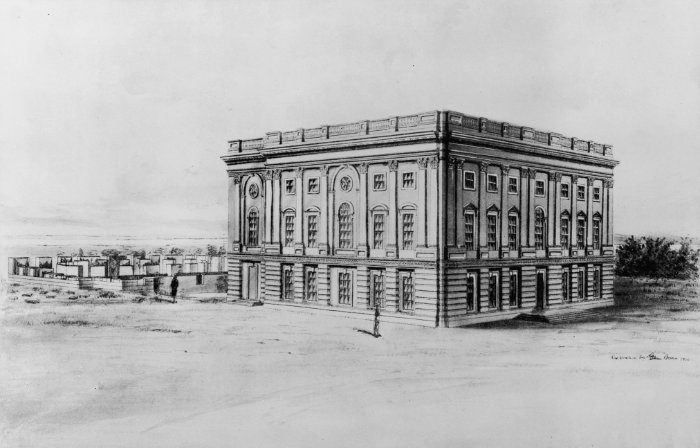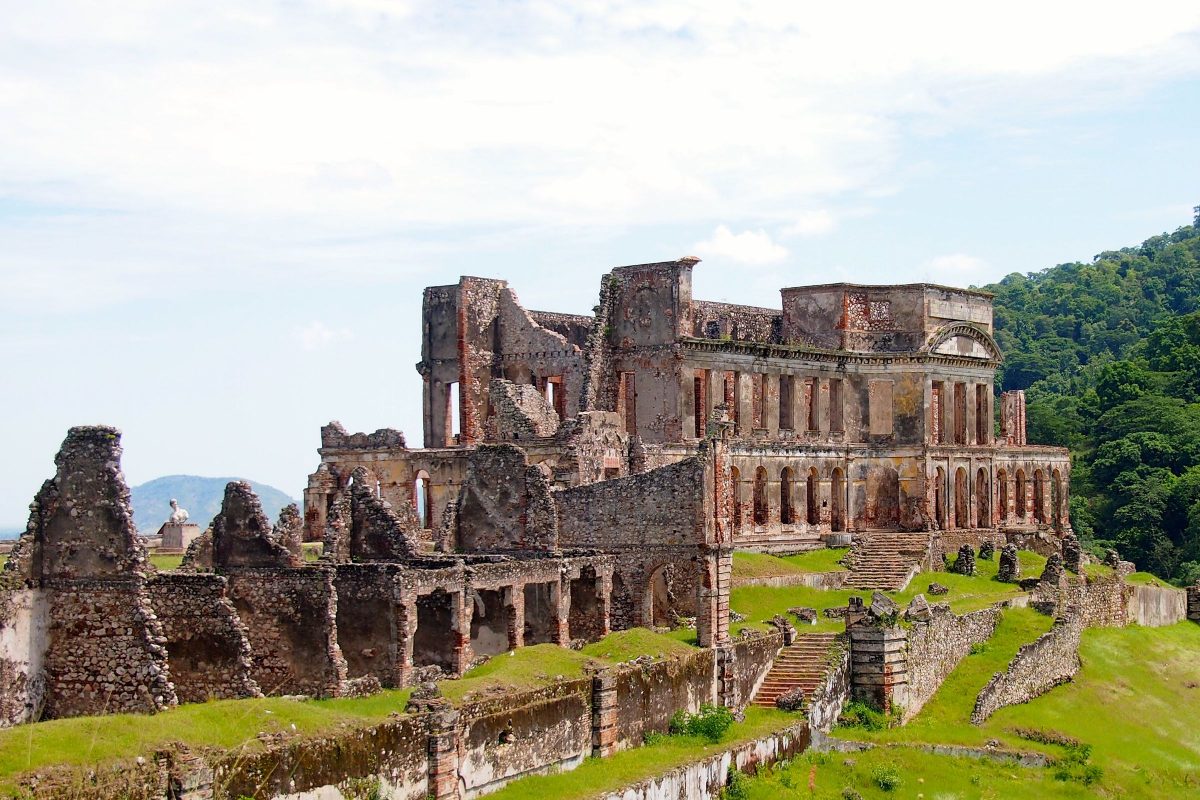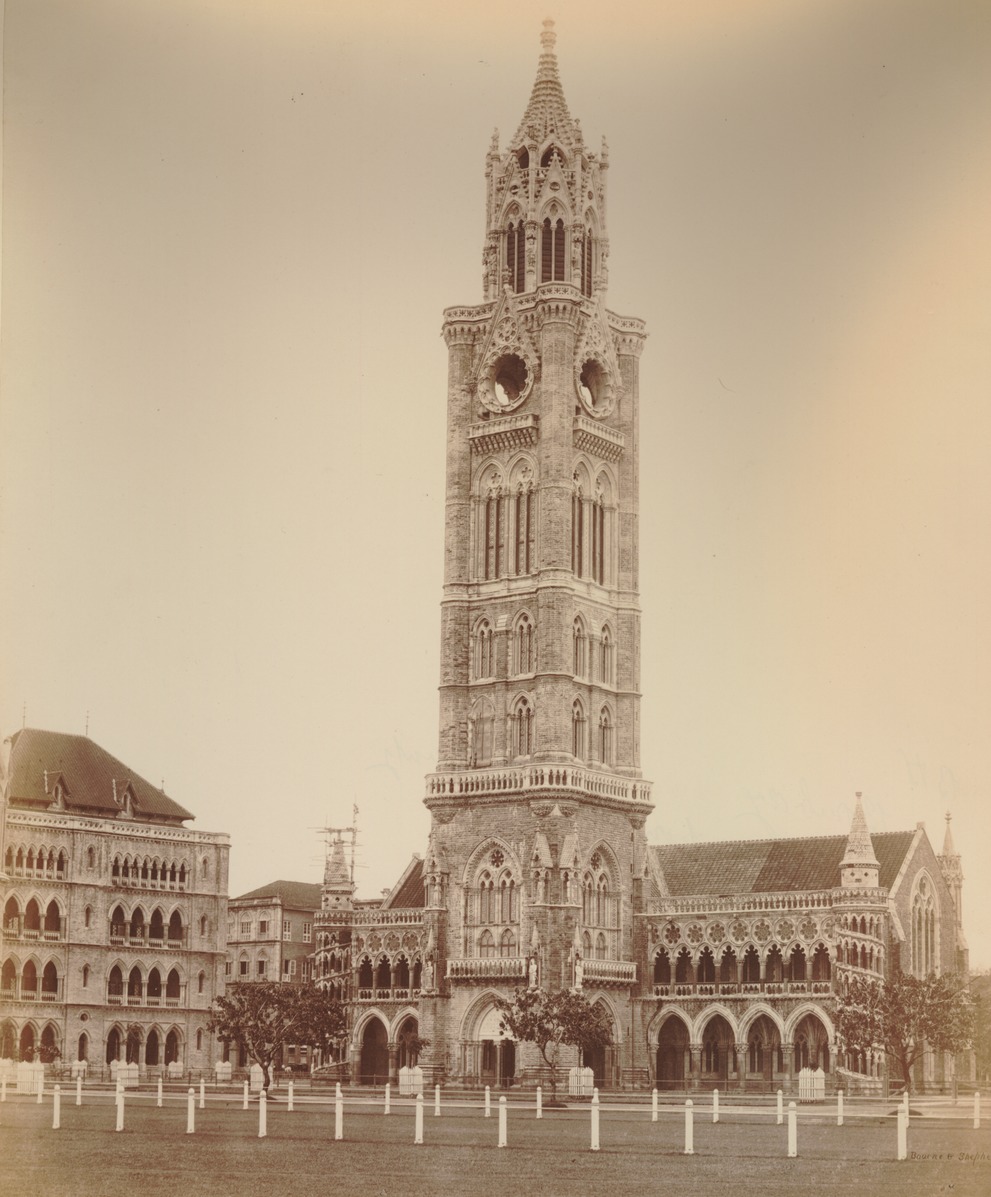Rangoon (Yangon) has a complex history as Burma’s (Myanmar) largest city, its former capital, and most influential port city. The Port Trust Office (Myanma Port Authority building) was designed by Thomas Oliphant Foster and completed in 1928.[1] A powerful beacon in contemporary Yangon, the Port Trust Office represents British Imperial Power over its inhabitants, streetscapes, […]
